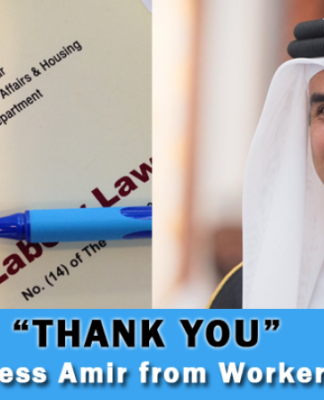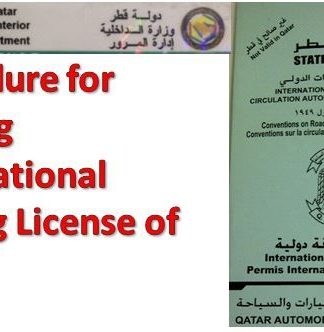BUSINESS
Prospect of Iran nuclear deal raises hopes for cheaper oil
Oil prices have fallen sharply over reports that Iran and Western countries are close to striking a deal that would lift sanctions on crude supply from Iran. Will global hopes for cheaper energy materialize?
Two people seen in silhouette standing next to oil derricks, against a dramatic sky at sunset/sunrise
Iranian oil is seen as the key to lowering global crude prices, but sanctions have kept the country’s taps closed
Global oil market benchmark Brent crude was down about 1.5% to $95 (€94) this week, returning to levels last seen before Russia invaded Ukraine in late February, when Brent was as high as $139 a barrel. This is mainly due to hopes of increased Iranian supply following discussions between the United States and Europe on reviving the 2015 Joint Comprehensive Plan of Action (JCPOA) — the official name given to the Iran nuclear deal that the Trump administration withdrew from in 2018.
A graphic showing the rise and fall of the Brent oil price in 2022
French President Emmanuel Macron expressed hope Thursday that the deal with Iran would be revived.
“I hope that in the next few days the JCPOA will be concluded,” Macron said during his annual speech to ambassadors at the presidential palace in Paris.
An agreement on how to revive the landmark accord is “not out of reach” if the text contains stronger protections for Iran, the country’s Foreign Minister Hossein Amirabdollahian said on Wednesday. He demanded that stronger guarantees needed to be written into the deal, in the event a future US administration again withdraws.
“A revived Iranian nuclear deal that allows Iran greater opportunity to sell its oil means that there will be a greater supply of oil available and hence lower prices,” Mark Katz, a professor at George Mason University in the US, told DW.
Before Washington resumed sanctions on Iran in 2018, Iran was the third-largest producer in the OPEC oil cartel after Saudi Arabia and Iraq. In 2017, it was the fourth-largest oil producer in the world, after the US, Saudi Arabia and Russia. A new deal would see a lifting of sanctions on 17 Iranian banks and 150 economic institutions.
A graphic showing the countries with the biggest oil reserves, with Iran in fourth place
Short-term positives
A deal would mean the return of Iranian crude to international markets, at a rate of 1.3 million barrels per day (bpd), according to a report in the British newspaper Financial Times. Tehran would be allowed to export 50 million bpd four months after signing the deal.
Iran has large volumes of oil in floating storage that it could release quickly, should a deal be finalized.
Brussels-based data and analytics firm Kpler has estimated Iranian crude in floating storage at 93 million barrels, Bloomberg news agency reported. These are currently being stored on vessels in the Persian Gulf, off Singapore and near China.
Average daily global supply this year is about 100 million barrels a day, according to an estimate from the International Energy Agency, so the immediate impact could be significant.
The EU embargo on Russian seaborne oil imports, set for December 5 — alongside the voluntary German and Polish ban on pipeline imports — will displace around 2 million bpd of Russian supply.
“Iran has built up a sizable flotilla of cargoes that could hit the market fairly soon,” John Driscoll from JTD Energy Services told DW.
Between 1 million and 2 million barrels per day of extra oil could hit the market in a short period of time.
“OPEC could easily produce 30.5 million bpd if Iran comes back and those barrels are not accommodated,” Tamas Varga, analyst at PVM Oil Associates in London, told US broadcaster CNBC on Tuesday. “Under this scenario, my model shows Brent dipping to $65 per barrel in the second half of 2023.”
Delays likely
But the main bulk of volumes would not be released straight away, as insurance and shipping would need to be dealt with first. US investment company Goldman Sachs is skeptical about a breakthrough in the near term. Even if a deal is reached, this wouldn’t begin until 2023, the company said in a note to investors.
Driscoll agrees, stressing that it may also take “a bit of time” to iron out spot and term sales after the sanctions.
Helima Croft, head of Global Commodity Strategy and MENA Research at RBC Capital Markets, said her company anticipates “a multi-month process before all the key energy sanctions are lifted” — similar to what happened in 2016 when the JCPOA, negotiated between the United Nations Security Council members plus Germany and Iran, first took effect.
“We expect Iran to first draw down floating storage while it makes the necessary infrastructure and logistics adjustments to ramp up exports. It took Iran three months to increase exports by 1 million bpd in 2016 from the JCPOA implementation day in January,” she told DW.
A general view of the Port of Kharg Island Oil Terminal, off the Iranian coast in the Persian Gulf
Tanks on Iran’s Kharg island are full of oil and waiting to be shipped from the world’s largest crude terminal
A mixed picture
Traders are also trying to work out how the EU’s curbs on Russian crude flows from December and the US oil sales from its strategic petroleum reserve ending in October will impact prices. Washington has released about 180 million barrels from the reserve over a six-month period.
“Traders seem to be reluctant to commit themselves to a size position with an Iran nuclear deal seemingly a real possibility, but with Saudi Oil Minister Abdulaziz letting it be known that he will basically cut production by the amount Iran increases,” Robert Yawger, energy futures strategist at capital markets and investment banking services provider Mizuho Americas, told DW.
Indeed, an increase in supply could trigger measures from OPEC to lower production. Saudi Energy Minister Abdulaziz bin Salman has said his country will cut production by the amount Iran increases. In an interview for Bloomberg, he said physical and paper markets are “disconnected,” with the latter suffering from “very thin liquidity, extreme volatility.”
Mason University’s Mark Katz believes that if the Saudis follow through on this threat, then they risk losing market share to Iran. “Threatening to cut back Saudi oil production by such a large amount, though, is not the same as actually doing so,” he said.
Instead, he said, they may decide that they would rather have the revenue from selling that amount, especially if it is needed to match Iran in buying arms. “Finally, for the Saudis to cut back oil production when Iran is increasing its [own production] risks making Iran look more helpful to the West in replacing Russian oil than Saudi Arabia,” he added.
OPEC+ — a group of oil-producing countries made up of the OPEC oil cartel and 10 other producers led by Russia — is due to meet on September 5.
In this photo taken from video, Salman Bin Abdulaziz Al-Saud, King of Saudi Arabia, remotely addresses the 76th session of the United Nations General Assembly
Oil prices will depend on whether or not the Saudi energy minister gives in to Western demands to pump more oil
Oil gloom and domestic politics
During the global coronavirus pandemic, demand for fossil fuels softened on the back of weakening economic activity across the world. Now, demand has come roaring back, setting prices for oil and gas on an upward trajectory due to limited supply.
Soaring energy prices have caused massive inflation in many of the world’s biggest economies and has prompted the central banks in the US, Europe and elsewhere to hike interest rates. Higher rates, though, could slow economic growth and subdue fuel demand.
Helima Croft noted that when oil prices were above $100, the revival of the Iranian nuclear agreement looked like a “potentially winning midterm issue,” but added that it appeared to be “a less compelling case in the current price and security context.”
“Depending on which side of the $100 Brent line prices are sitting in November could determine the severity of the looming [Russian] sanctions measures,” she said, referring to the fact that currently high oil and gas prices help Russia alleviate the impact of Western sanctions imposed over the Ukraine war.
Play Video2:58 min
Will a Russian oil embargo make sense?
Croft also believes there may be political opposition to a nuclear deal in Iran, possibly even from President Ebrahim Raisi.
“We believe that he will remain reticent about rolling back Iran’s recent nuclear advances, including 60% uranium enrichment, for temporary relief. Furthermore, he may well judge that he can get a better deal at a later date if he continues to push his program to the brink of weapons capability,” said Croft.
The leaders of Iran’s powerful Islamic Revolutionary Guard Corps reportedly also oppose reentering an agreement that would rescind the nuclear advances that have pushed Iran to the brink of building a nuclear weapon. Moreover, those members of the Revolutionary Guard involved in running smuggling networks have also benefited financially from the sanctions regime.
Edited by: Uwe Hessler
Date 02.09.2022
Author Jo Harper
Related Subjects Energy, Inflation, International Atomic Energy Agency (IAEA), Iran
Keywords Iran, oil price, sanctions, inflation, nuclear program, energy
Feedback: Send us your feedback.
Print Print this page
Permalink https://p.dw.com/p/4GKKF















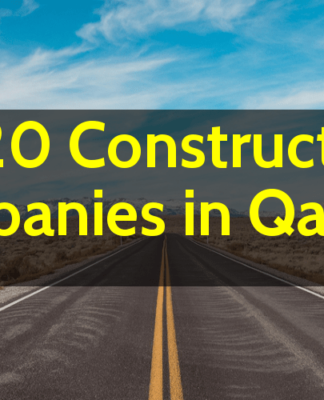

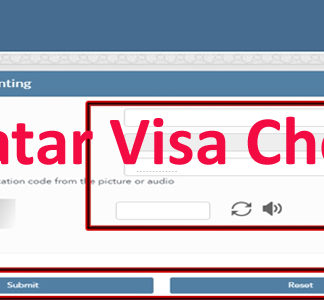
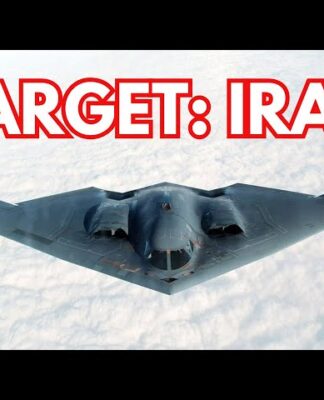
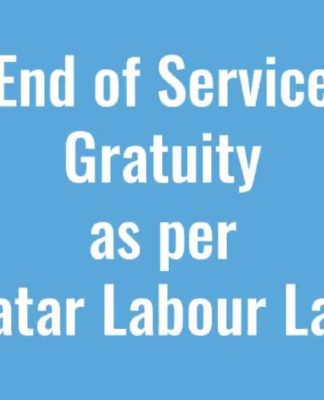

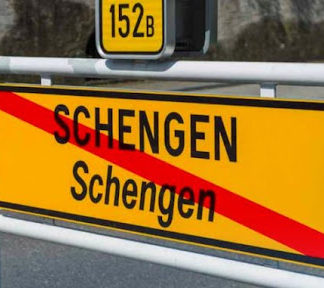

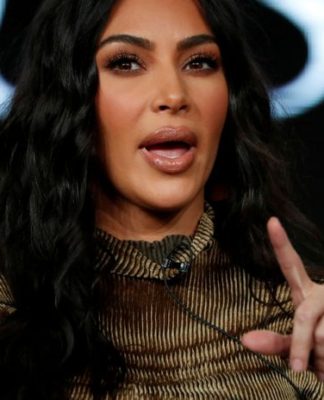
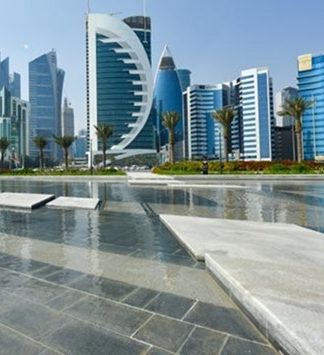

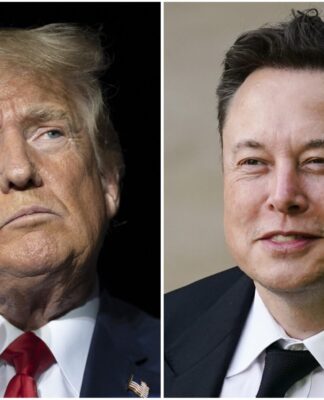
 Trump & Elon’s SHOCK scheme gets EXPOSED
Trump & Elon’s SHOCK scheme gets EXPOSED